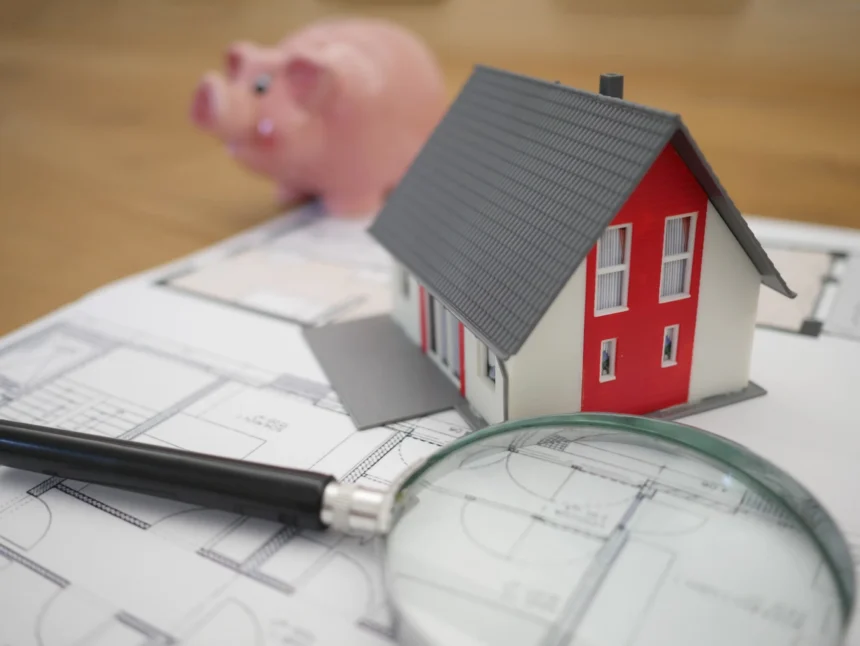The U.S. housing market is at a crossroads. Sales are slowing, mortgage rates remain high, and affordability is worsening. Yet, home prices refuse to drop, creating a gridlock that’s forcing real estate leaders to rethink their strategies.
Market Snapshot: Sales Drop, But Prices Stay High
- Existing-home sales fell 4.9% in January, hitting an annualized rate of 4.08 million—one of the lowest since 2020.
- Mortgage rates hover at 6.85%, keeping many would-be buyers on the sidelines.
- The median home price climbed to $396,900, showing sellers still hold pricing power.
- Luxury sales ($1M+) are up 27%, while demand for homes under $250K has sharply declined.
- Homes now sit on the market for an average of 41 days, the longest wait time in years.
Who’s Buying? More Investors, Fewer First-Timers
With affordability at its worst in decades, first-time buyers now make up just 28% of home purchases. At the same time, all-cash transactions account for 29%, showing that investors and high-net-worth buyers are dominating the market.
The result? A widening gap between those who can afford to buy and those priced out.
Four Major Shifts in Real Estate
- Affordability Crisis Deepens
High mortgage rates and rising home prices are making ownership increasingly out of reach. Sellers who want to move inventory will need to consider price cuts, creative financing, and incentives. - Hybrid Work Is Reshaping Housing Demand
More buyers are looking for flexible spaces, home offices, and properties that support a remote work lifestyle. Sellers and developers must adjust to these expectations or risk sitting on unsold properties. - Sustainability and Energy Efficiency Are No Longer Optional
Buyers are prioritizing energy-efficient homes, solar panels, and smart home features—not just for sustainability but to offset long-term costs. Properties that don’t offer these features may lose value faster. - Data and Analytics Are Driving Investment
Market uncertainty means investors and developers must rely on data-driven insights rather than gut instincts. The ability to track pricing trends, buyer demand, and regional shifts will separate winners from those stuck with stagnant properties.
What’s Next?
The market isn’t crashing, but it’s tightening fast. Buyers are more selective, sellers are holding firm on prices, and the overall outlook remains uncertain. For real estate leaders, adaptation isn’t an option—it’s survival.






